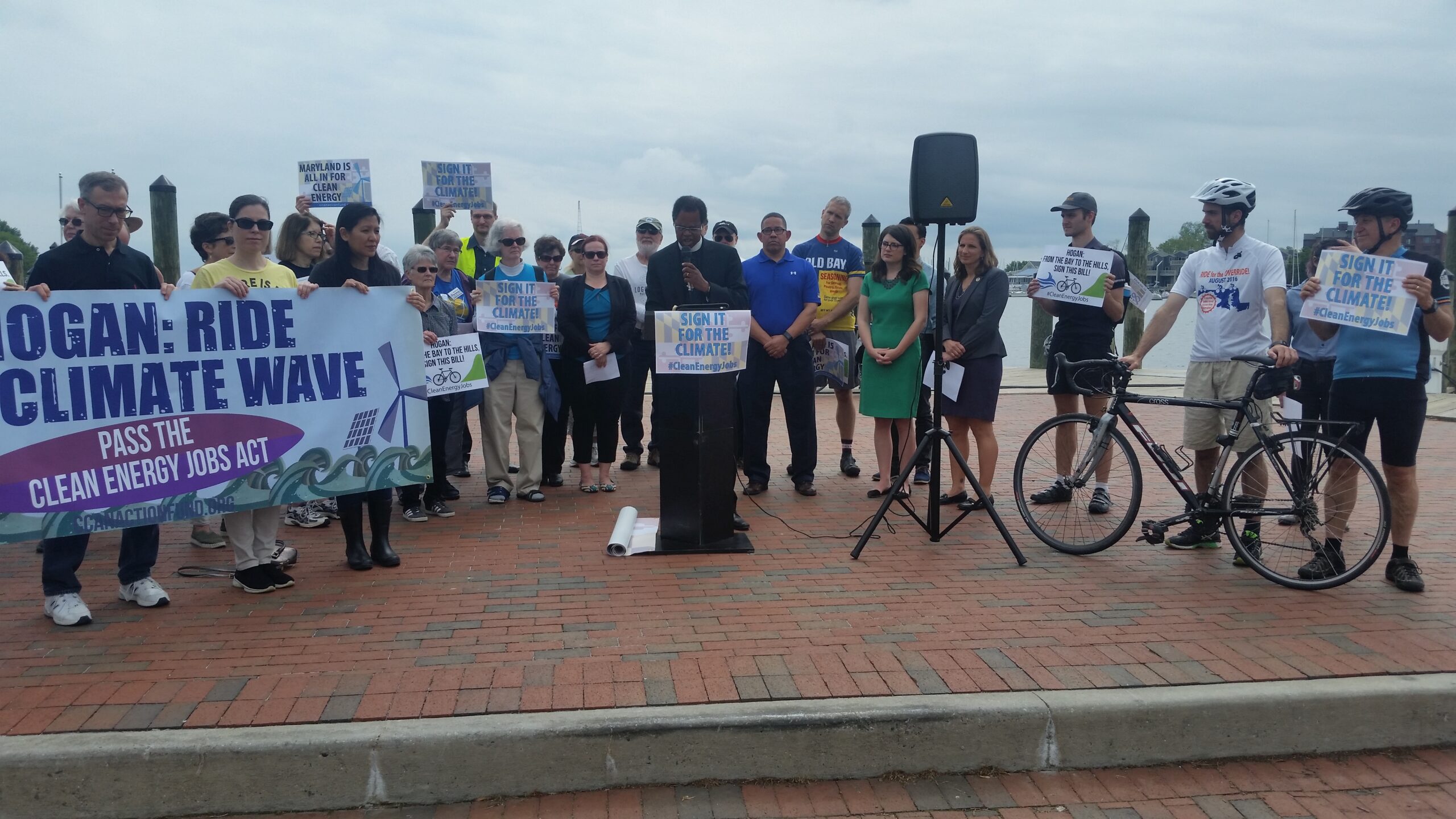
The Maryland legislature passed an initiative last year positioning the state as one of few across the country making drastic efforts to reduce the use of fossil fuels and increase investments into renewable energy. Well, basically just wind, solar, and trash.
Democrats in the General Assembly championed the Clean Energy Jobs Act (CEJA) which aims to reduce Maryland’s use of fossil fuels and to expand its use of renewables to 50 percent by 2030. Lawmakers and supporters positioned this issue, not as a solution to the world’s climate issues, but as in investment in Maryland’s energy industry.
The policy’s greater goals are honorable, as everyone wants to see a cleaner Maryland with more jobs. But its tactics do little to achieve that.
The National Federation of Independent Business testified against the bill, saying, “While the goal of increasing renewable energy might be laudable for some, it did raise concerns for small business owners who will not have access to tax credits that would otherwise make sourcing electricity from solar or wind more appealing.”
What’s even more interesting is that CEJA backed trash incineration to be eligible for the green energy subsidy program, even though, according to the Chesapeake Bay Foundation, the Wheelabrator waste incinerator is Baltimore City’s greatest source of industrial air pollution.
Maryland’s legislature has a knack for being very ambitious during its 90-day session, but often does very little to make meaningful change — unless you count raising taxes, which seems like something they can get done very efficiently. Which is why CEJA became law without the signature of Gov. Lawrence J. Hogan Jr. (R).
Maryland is an unusual state politically. There is a tendency to dislike raising taxes (no matter the issue), but also to love environmental, green, eco-friendly legislation, which often raises taxes.
Even more ambitious than CEJA, Gov. Hogan wants 100% clean electricity by 2040 and has rolled out a meaningful plan to accomplish it. Instead of proposing a massive initiative that is inconsistent, Gov. Hogan put it very simply: “It uses competition to get better results at a lower cost to ratepayers. Our CARES target is clear: 100% clean electricity by 2040.”
His Clean and Renewable Energy Standard (CARES) plan isn’t perfect, but compared to the CEJA, its policies are, at the very least, realistic. CARES aim is to increase the use of zero and low-carbon renewable energy sources, use nuclear energy and support hydropower, while addressing environmental stewardship and advancing carbon-capture technology.
Conservative approaches to energy tend to encompass all renewable energy sources, including perhaps the most important one: nuclear. CEJA fails to even recognize the clean aspects of nuclear power, doing a disservice to the state. Ignoring a clean energy source with zero-emissions, that requires very little land to operate, seems incredibly counterproductive, because it is.
Nuclear energy was heavily addressed in Gov. Hogan’s CARES plan, which also recognized that there’s an urgent need to advance carbon capture and storage technology nationwide.
In his State of The State address on Feb. 5, Gov. Hogan referred to his CARES plan, noting that his legislative efforts on combating greenhouse gas emissions are “nearly twice as strong as the Paris Accord recommendations.”
It’s imperative that both parties in Maryland’s legislature work alongside Gov. Hogan toward realistic energy goals. In order to accomplish those goals, we don’t need more government. Let the competition begin.
— LOGAN WILLIAMS
The writer is on the Digital and Government Affairs teams at the American Conservation Coalition.




 Creative Commons Attribution
Creative Commons Attribution